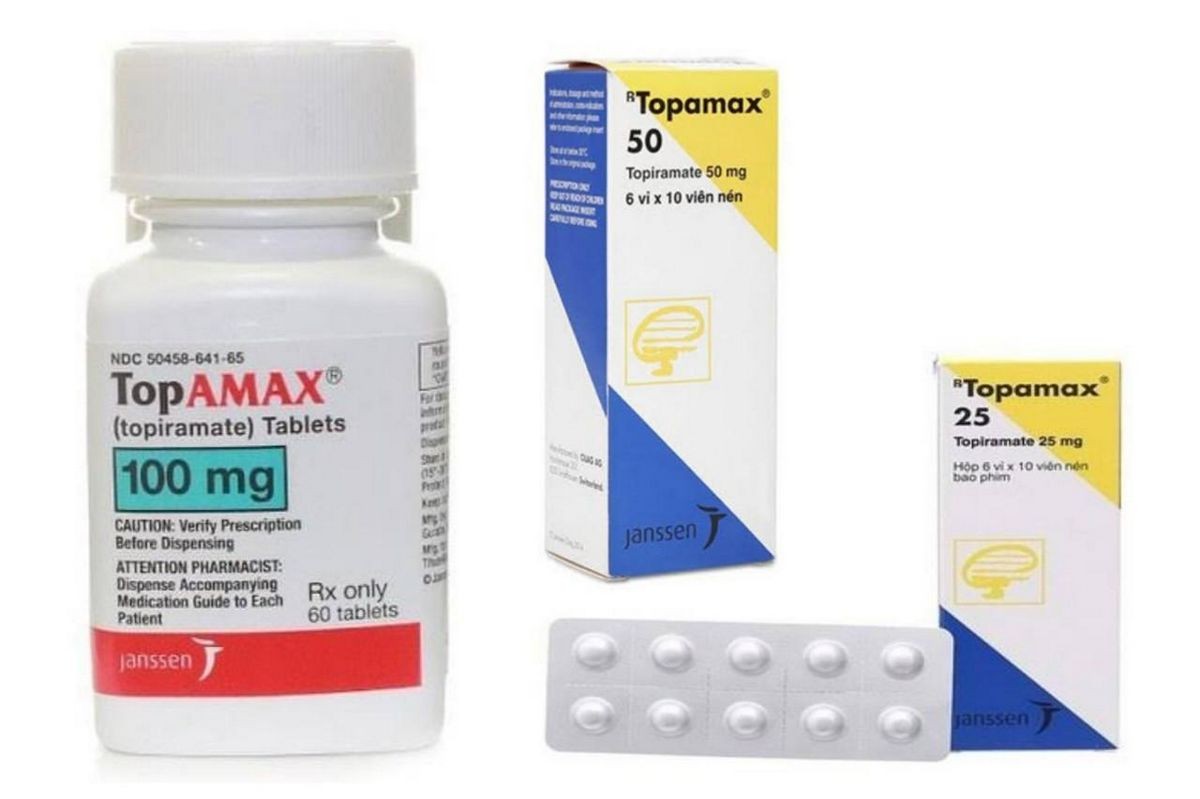
Contents
Lyrica (pregabalin) vs. Topamax (topiramate)
Lyrica (pregabalin) is an oral medication related to gabapentin (Gralise, Neurontin) used to treat pain caused by neurologic diseases and seizures. It also treats fibromyalgia.
Topamax (topiramate) is an anti-seizure drug used to prevent epileptic seizures. It is used primarily for patients who are not controlled by other anti-epileptic drugs. Topiramate also prevents migraine headaches.
Side effects of Lyrica and Topamax
Lyrica
WARNING
- Antiepileptic medications have been associated with increased risk of suicidal thinking and behavior. Patients should be closely observed for clinical worsening, suicidal thoughts, or unusual changes in behavior.
The most common side effects of Lyrica are:
- dizziness,
- drowsiness,
- dry mouth,
- edema,
- blurred vision,
- double vision,
- weight gain,
- fatigue,
- abnormal gait,
- tremor, and
- difficulty concentrating.
Other side effects include:
- constipation,
- increased appetite,
- nausea,
- flatulence,
- amnesia,
- disorientation,
- myoclonus,
- heart failure,
- low blood pressure,
- vomiting,
- reduced blood platelet counts, and
- increased blood creatinine kinase levels.
Increased creatinine kinase can be a sign of muscle injury, and in clinical trials three patients experienced rhabdomyolysis. Therefore, patients should report unexplained muscle pain, tenderness or weakness to their doctors, especially if associated with fever and malaise. Lyrica has rarely been associated with angioedema.
Topamax
The most common side effects of topiramate are:
- tiredness,
- dizziness,
- coordination problems,
- nervousness,
- nausea,
- weight loss,
- confusion,
- speech problems,
- changes in vision,
- tingling or prickling sensation in hands and feet,
- difficulty with memory,
- sensory distortion.
Other important side effects include:
- increased ammonia levels,
- metabolic acidosis,
- kidney stones,
- decreased sweating, and
- increased body temperature.
Dosage of Lyrica vs. Topamax
Lyrica
- Lyrica may be taken with or without food.
- For diabetic peripheral neuropathy: The initial dose is 50 mg three times a day (150 mg/day). The dose may be increased to a maximum of 100 mg three times daily (300 mg/day) after one week.
- For postherpetic neuralgia: The recommended dose is 75-150 mg twice daily or 50-100 mg three times daily. Dosing should begin at 75 mg two times a day or 50 mg three times a day (150 mg/day). The dose may be increased to 100 mg three times daily (300 mg/day) after one week. If pain relief is inadequate after 2-4 weeks of treatment at 300 mg/day, the dose may be increased to 300 mg twice daily or 200 mg three times daily. Doses greater than 300 mg cause more side effects.
- For neuropathic pain associated with spinal cord injury: The dose is 150 to 600 mg daily. Begin dosing at 75 mg two times a day an increase to 150 mg two times daily after one week if the response is inadequate. May increase to 300 mg twice daily if the response is inadequate after 2 to 3 weeks.
- For seizures: The recommended dose is 150-600 mg/day divided into 2 or 3 doses, starting at 150 mg daily and increasing based on response and tolerability. The maximum dose is 600 mg/day.
- For fibromyalgia: The dose is 300-450 mg/day in 2 or 3 divided doses.
Topamax
- Most commonly, topiramate immediate release tablets and sprinkles are started in low doses, 25 or 50 mg per day, and then increased slowly by 25 to 50 mg per week until an effective daily dose is reached for treatment of seizures. For children 10 years or older and adults the dose may be increased by 100 mg in week 5 and 6 when topiramate is used alone. The recommended final adult dose is 200-400 mg administered as two divided doses daily.
- In children, the starting dose is up to 25 mg (1 to 3 mg/kg/day), taken nightly for the first week. The dose is then increased at 1 or 2 week intervals by 1 to 3 mg/kg/day administered in two divided doses. The target dose is 5 to 9 mg/kg per day in two divided doses.
- Migraine is treated with 25 mg nightly for the first week then increased by 25 mg weekly up to a maximum dose of 100 mg administered in two divided doses.
- Patients should maintain an adequate fluid intake to minimize the risk of kidney stones.
- The recommended dose for extended release capsules is 200-400 mg once daily.
Drug interactions with Lyrica and Topamax
Lyrica
- Alcohol and sedating drugs may increase the sedative effects of pregabalin.
- Combining pregabalin with pioglitazone and rosiglitazone may increase the occurrence of weight gain and fluid retention.
Topamax
- The following medications, when taken with topiramate, increase the risk of kidney stones and metabolic acidosis: acetazolamide, dorzolamide, methazolamide, dichlorphenamide.
- Carbamazepine and phenytoin markedly decrease the amount of topiramate in the body. Topiramate may lose effectiveness unless doses are increased.
- Combining valproic acid with topiramate may increase blood ammonia levels and cause hypothermia.
- Topiramate may decrease the amount of estrogen in the body in women taking oral contraceptives, possibly increasing the chances of unwanted pregnancy and breakthrough bleeding.
- Patients taking anticonvulsant medications, including topiramate, may develop nerve toxicity from a chemical found as a contaminant in some ginkgo preparations.
- Topiramate may cause metabolic acidosis. Metformin is contraindicated in patients with metabolic acidosis.
- Topiramate may increase lithium levels at higher doses.
By clicking Submit, I agree to the MedicineNet’s Terms & Conditions & Privacy Policy and understand that I may opt out of MedicineNet’s subscriptions at any time.
Safety of using Lyrica and Topamax during pregnancy or breastfeeding
Lyrica
- There are no adequate studies of Lyrica in pregnant women.
- It is not known whether Lyrica is excreted in breast milk.
Topamax
- Topiramate has been associated with cleft palate in newborns whose mothers used topiramate during the first trimester of pregnancy.
- Topiramate is excreted in human milk at levels 10% to 20% the levels in the mother’s blood.


